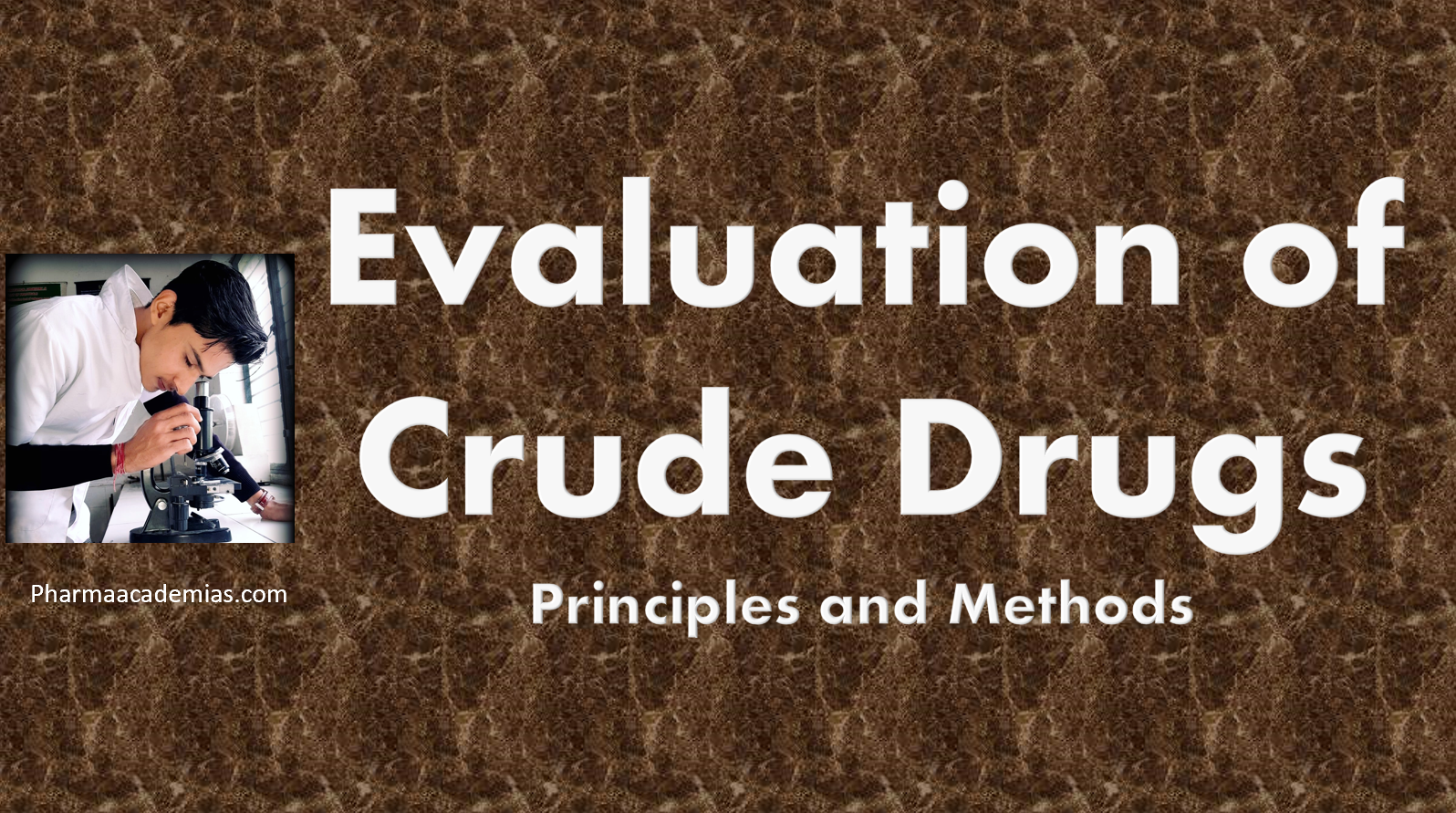The evaluation of crude drugs is a critical process in the field of pharmacognosy, which involves the systematic and comprehensive assessment of plant, animal, and microbial materials used in traditional and herbal medicines. The objective of this evaluation is to ensure the quality, purity, authenticity, and safety of crude drugs, as well as to determine their identity, potency, and potential therapeutic value. Here, we will discuss the principles and methods involved in the evaluation of crude drugs:
1. Identity Verification
Principle: The first step in the evaluation process is to verify the identity of the crude drug. This includes confirming that the material is indeed the plant, animal, or microorganism it claims to be.
Methods: Commonly used methods include actively examining physical characteristics through macroscopic examination, conducting sensory assessments of color, taste, odor, and texture in organoleptic evaluation, and observing cellular structures and characteristics in microscopical examination.
2. Purity Assessment
Principle: Purity assessment ensures that the crude drug is free from contamination, including foreign matter, adulterants, or microbial contaminants.
Methods: Various physical and chemical tests actively employ methods such as sieve analysis to determine particle size, determine ash content, analyze moisture content, and use thin-layer chromatography (TLC) to identify the presence of foreign substances or impurities.
3. Authenticity Confirmation
Principle: The authenticity assessment aims to confirm that the crude drug derives from the correct botanical species, plant part, and geographical origin.
Methods: Botanical identification techniques, such as macroscopic and microscopic examination, DNA barcoding, and chemical fingerprinting, can help verify the authenticity of the material.
4. Chemical Analysis
Principle: The chemical analysis of crude drugs involves determining the chemical constituents and their concentrations in the material.
Methods: Active identification and quantification of specific chemical compounds present in the crude drug use techniques like high-performance liquid chromatography (HPLC), gas chromatography (GC), mass spectrometry (MS), and nuclear magnetic resonance (NMR) spectroscopy.
5. Microbiological Testing
Principle: Microbiological testing evaluates the presence of harmful microorganisms such as bacteria, fungi, and mold in the crude drug.
Methods: Microbiologists employ standard techniques, including culture-based methods, polymerase chain reaction (PCR), and DNA sequencing, to actively detect and identify microorganisms.
6. Quantitative Determinations
Principle: Quantitative determinations aim to measure the concentration of active compounds or markers responsible for the therapeutic properties of the crude drug.
Methods: Various analytical techniques are used for quantification, such as HPLC, UV-Vis spectrophotometry, or gravimetric methods.
7. Biological Activity Testing
Principle: Some crude drugs are evaluated for their pharmacological or biological activity to assess their therapeutic potential.
Methods: Bioassays involving in vitro or in vivo testing can be used to determine the drug’s effects on biological systems.
8. Safety Assessment
Principle: Safety assessment includes evaluating the presence of toxins or harmful substances that may pose health risks to consumers.
Methods: Toxicological studies and testing for heavy metals, pesticides, and other contaminants can help ensure the safety of the crude drug.
9. Documentation and Record-Keeping
Principle: Proper documentation is essential to record the evaluation process, methods used, and results obtained.
Methods: Detailed and accurate records are maintained to facilitate traceability and quality control.

